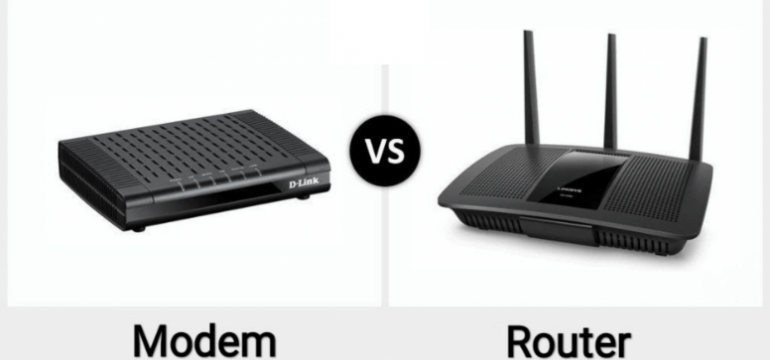

While routers are great at distributing internet throughout your home, there is evidence that proves that going wired does result in better networking speeds in general, but there are some scenarios in which that might not necessarily be true. There is some debate about whether a wired or wireless connection is better in terms of speed. However modern day routers usually come with support for both frequencies, with some models being smart enough to automatically switch between 5.0GHz and 2.4GHz frequencies depending on how far you are. The downside to the 5.0GHz frequency is that it has a shorter range, so if your device is positioned far away from the router, you might actually lose the signal.

At the same time one shouldn’t automatically assume that 5.0GHz frequencies are “better”.
#Modem vs router images full
This means that even if you have a very fast internet plan, you won’t be able to take full advantage of it, versus routers that support 5.0GHz frequencies. Take for example how older (wireless) routers only support 2.4GHz frequencies. These are the wireless frequencies that are supported by the router. You might see on the packaging of routers that they mention support for 2.4GHz/5.0GHz. Image credit – Destination8infinity/Wikipedia How modems and routers affect Internet performanceĭo modems and routers affect internet speed? Putting aside other considerations such as the network card used on your computer, the number of users using the internet at home, or the number of people subscribed to the same ISP in your apartment complex, modems and routers can definitely play a role in affecting internet speed.

What are routersĪs their name implies, a Router “routes” the signals received from the modem to multiple other devices (mobiles, laptops, smart devices etc). It also takes the digital signals from a computer and modulates it into analog signals, thus the term “modem” which actually stands for “modulator/demodulator”. It takes the analog signal used carried by a cable or a wireless transmission and demodulates it to a digital signal that can be understood by computer. They exist since the “dial-up” era and before wireless internet became a standard, and they are still used in this day and age because their basic functionality is still needed. Modems are used to bring internet from internet service providers (ISPs) into homes and offices. These terms are mistakenly used interchangeably which can cause confusion during tech support calls where staff might ask you to restart your “modem”, but some can’t tell the difference between the routers and the modem, which compounds the issue. When you sign up with an internet service provider, they sometimes bring a modem and a router (two devices), or a modem-router combo (one device with both functions).


 0 kommentar(er)
0 kommentar(er)
